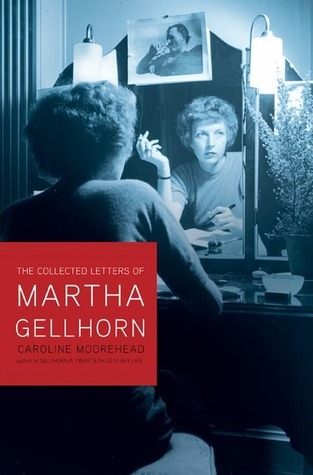
Bring Me a Unicorn: Diaries and Letters of Anne Morrow Lindbergh, 1922-1928
Book Description
In a world where dreams soar and hearts ache, Anne Morrow Lindbergh’s poignant diaries and letters unveil a young woman grappling with love, ambition, and the haunting question of her own identity. Between 1922 and 1928, Anne captures the exhilaration of her burgeoning career as a writer and her tumultuous romance with aviator Charles Lindbergh, set against the backdrop of a rapidly changing America. Her words pulse with vulnerability and strength, revealing a fierce spirit yearning for connection and greatness. Will she find the magic she seeks, or is the price of her dreams too high to pay?
Quick Book Summary
"Bring Me a Unicorn" is the first volume of Anne Morrow Lindbergh’s published diaries and letters, chronicling her formative years from 1922 to 1928. Through illuminating journal entries and poignant correspondence, Anne reveals her inner life as a young woman of privilege, intellect, and ambition, navigating personal and societal expectations. Against the vibrant backdrop of the Jazz Age, she wrestles with her desire for literary fulfillment and the uncertainties of love, especially after meeting esteemed aviator Charles Lindbergh. The book is not just a record of historic moments, but also a deeply personal exploration of emotion, aspiration, and self-discovery. Anne’s voice is candid, vulnerable, and wise beyond her years, offering readers a rare glimpse into the emotional complexity and growth of a woman poised to find her place in the world.
Summary of Key Ideas
Table of Contents
The Search for Personal Identity
Anne begins her diaries as a student at Smith College, capturing her intellectual curiosities and insecurities. Immersed in literature, philosophy, and close female friendships, she chronicles her yearning to be recognized for her unique voice rather than the familial or social roles expected of her. Her writing reflects a constant inner dialogue: equal parts questioning and hope, as she probes the meaning of achievement, belonging, and independence, even in the face of self-doubt and societal constraint.
The Complexity of Love and Romance
Family life looms large, with Anne describing her relationships with parents and siblings, whose expectations often weigh on her. The diaries show the tightrope she walks between satisfying familial obligations and exploring her individuality. Throughout these years, Anne closely observes her parents' cultural milieu and the privileged but demanding environment in which she matures. She questions whether she can chart her own course amid the pressure to excel and conform within her well-known family.
A Woman's Place in a Changing Society
When Anne meets Charles Lindbergh, her life takes a dramatic turn. The letters and diary entries from this period bristle with excitement, apprehension, and longing, as Anne navigates the thrill and confusion of her burgeoning romance. She grapples with questions of self-worth, fearing she might be overshadowed by Charles' celebrity or lose her autonomy. Anne’s reflections probe what it means to love passionately in an era that offers women both new freedoms and persistent restrictions.
The Birth of Literary and Artistic Ambition
Amidst personal developments, Anne keenly observes the shifting social landscape of the 1920s: women’s rights, changing norms, and the evolving role of the artist. Her own aspirations as a writer come alive in this context, and she seeks guidance from mentors, delving into her vulnerabilities and fears. The interplay between her desire to create and societal expectation fuels much of her introspection and self-analysis during these years.
Confronting Vulnerability and Growth
Ultimately, the collected diaries and letters are an intimate chronicle of transformation. Anne Morrow Lindbergh’s evolving voice reveals a young woman bravely confronting joy, fear, ambition, and disappointment. As she grows, she becomes more attuned to the costs and rewards of pursuing dreams—recognizing that fulfillment, much like the elusive unicorn she seeks, demands courage, honesty, and continual reinvention. The volume ends with Anne on the cusp of change, ready to embrace love and art on her own terms.
Download This Summary
Get a free PDF of this summary instantly — no email required.





